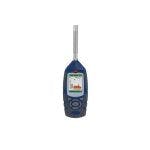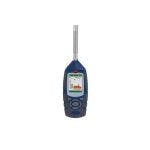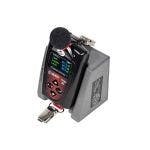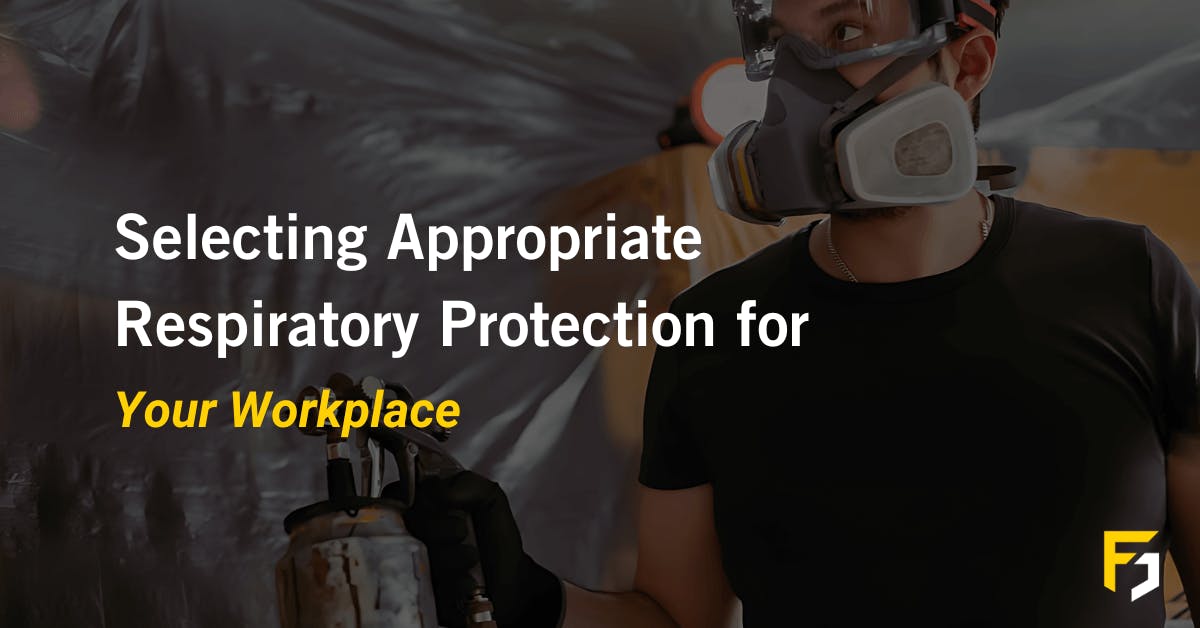
How to Monitor Noise at Work

Noise is a common hazard in many workplaces, but it can also be a severe health risk for workers. Exposure to excessive noise can cause hearing loss, tinnitus, stress, and other problems. Therefore, employers and safety practitioners must monitor noise levels and take appropriate measures to protect workers' hearing.
What are the UK guidelines for noise at work?
In the UK, the Health and Safety Executive (HSE) enforces the Control of Noise at Work Regulations 2005, which apply to all industry sectors except music and entertainment. These regulations aim to protect workers' hearing from excessive noise exposure, which could cause them to lose their hearing and suffer from tinnitus.
The regulations set three action levels for noise exposure:
- The lower exposure action value is 80 dB(A) as a daily or weekly average exposure or 135 dB(C) as a peak sound pressure. At this level, employers must provide information and training to workers on the noise risks and how to reduce them and make hearing protection available upon request.
- The upper exposure action value is 85 dB(A) as a daily or weekly average exposure or 137 dB(C) as a peak sound pressure. At this level, employers must provide hearing protection, ensure workers use it, and mark hearing protection zones with signs. They must also reduce noise exposure by other means as far as reasonably practicable.
- The exposure limit value is 87 dB(A) as a daily or weekly average exposure or 140 dB(C) as a peak sound pressure, considering the attenuation provided by hearing protection. Workers must be kept from this level.
Employers must also conduct a noise risk assessment to identify the sources and levels of noise in the workplace, the number of workers exposed and for how long, the measures in place to control noise exposure, and whether any workers are at particular risk. They must also monitor and review the noise situation regularly and provide health surveillance (hearing checks) for workers likely to be exposed above the upper action value.
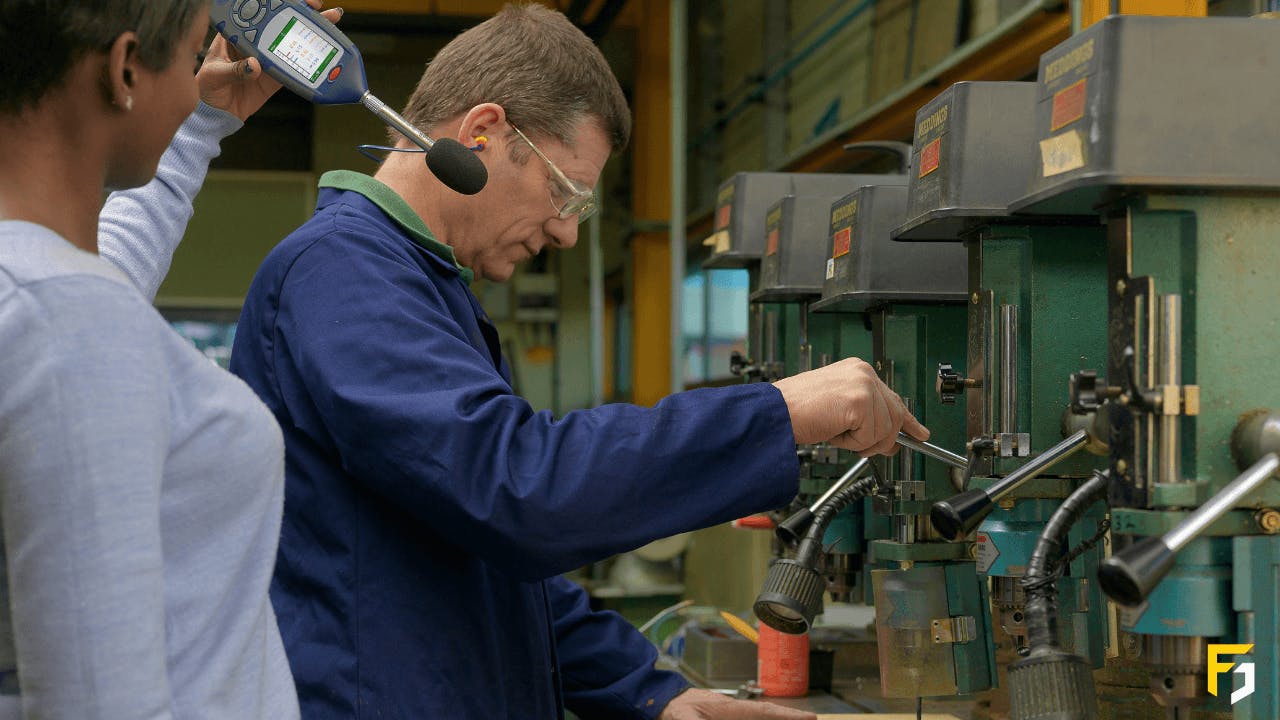
How to measure noise levels in the workplace?
Noise levels are measured in decibels (dB), logarithmic units that indicate sound pressure or intensity ratio. A slight increase in dB corresponds to a significant increase in noise level. For example, a gain of 3 dB doubles the noise level in the human ear.
There are two aspects to sound measurements: the sound pressure level (SPL), which indicates how loud a sound is, and the frequency or pitch of the sound, measured in hertz (Hz). Different frequencies have different effects on hearing. The human ear is more sensitive to high frequencies than low frequencies. Therefore, noise measurements are often weighted or adjusted according to how the human ear perceives sound. The most common weighting is A-weighting, which filters out low frequencies and mimics the human ear's response. Noise measurements that use A-weighting are denoted by dB(A).
Employers can use sound level meters or dosimeters to measure workplace noise levels. Sound level meters are handheld devices that measure the SPL at a given time and location. They can calculate the average or peak SPL of a noise source or an area. Dosimeters are wearable devices that measure a worker's personal noise exposure over time. They can calculate a worker's daily or weekly average exposure.

Both sound level meters and dosimeters should comply with relevant standards and be calibrated regularly. Employers should also use competent persons to conduct noise measurements and interpret the results.
How to reduce noise exposure in the workplace?
The best way to reduce noise exposure in the workplace is to follow the hierarchy of noise control, which prioritises the order of control measures based on their effectiveness and feasibility. The scale of noise control consists of five steps:
- Elimination: removing the noise source or activity altogether, if possible.
- Substitution: replacing the noisy equipment or process with a quieter alternative.
- Engineering: modifying or isolating the noise source or path to reduce its impact on workers.
- Administrative: changing the work organisation or practices to limit the number of workers exposed or the duration of exposure.
- Personal protective equipment (PPE): providing and ensuring workers use suitable hearing protection devices.
Employers should always try to eliminate or reduce noise at the source before relying on PPE, which should be used as a last resort or as an interim measure while other controls are implemented. PPE should be selected based on its suitability for the noise level, frequency, work environment, and compatibility with other PPE. It should also be comfortable, well-fitted, maintained, and replaced when necessary.
Employers should also consult with workers and their representatives when planning and implementing noise control measures, as they may have valuable insights and suggestions on improving the situation.

